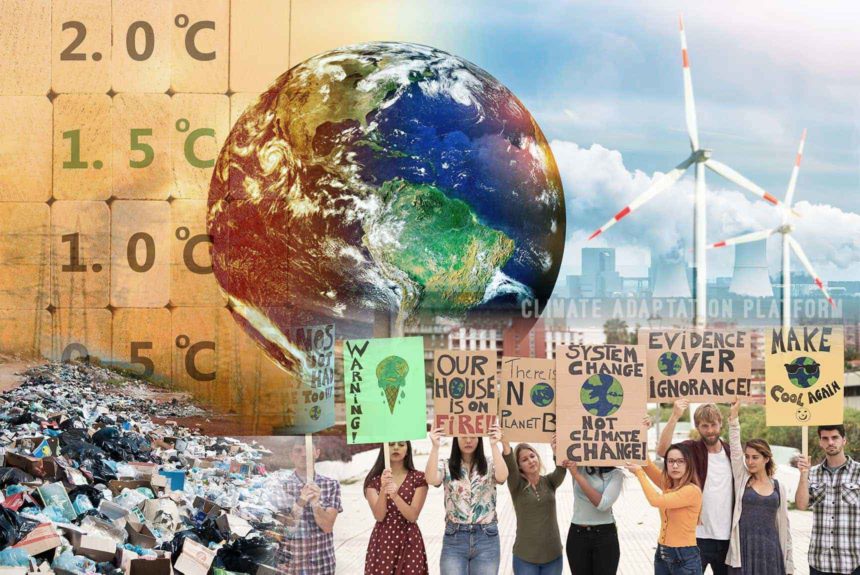The interaction between public perceptions of climate change, the future costs and effectiveness of climate mitigation, and the response of political institutions will decide future warming scenarios between 1.8°C and 3.6°C rises in temperatures in the 21st century, according to a new study that the University of California-Davis released February 2022.
Compared to pre-industrial times, the planet has warmed by an average of 1°C compared to pre-industrial times (1850-1900). The Paris Agreement, which 195 countries signed in 2015, established the global warming limit to 1.5°C.
However, the Emissions Gap 2021 report and Climate Action Tracker put the planet on a 2.7°C warming trajectory based on all the new and updated climate pledges (NDCs) of countries submitted during the COP26 (UN Environment, 2021).
And even the most optimistic scenario by the Climate Action Tracker, which combines climate pledges including those of China and India, and net-zero targets of countries, places the median warming between 1.8°C and 2.1°C still above the 1.5°C Paris Agreement.
The study, “Determinants of emissions pathways in the coupled climate–social system,” says that although the social system – politics and society, will widely dictate climate policy ambition and the GHG emissions trajectories, these factors are often excluded in climate modelling and projections. Researchers have simulated 100,000 possible future pathways of climate policy and GHG emissions.
It says further:
- An integrated and multidisciplinary model used in the study combined data from across social, political and technical fields. The model included scenarios like public and political support social perceptions of climate change which reveals how quickly collective action or carbon pricing responds to changes in public opinion and other inputs.
- The pathways fell into five clusters, with warming in 2100 varying between 1.8°C to 3.6°C above the 1880-1910 average, but with a strong probability of warming between 2 and 3 degrees Celsius at the end of the century.
- None of these five possibilities meets the Paris Agreement target of 1.5°C, although the authors suggest a substantial chance of meeting the 2°C targets.
- The report’s key findings show that people’s perceptions and social groups, improvement in climate mitigation technology with time, and the responsiveness of political institutions are vital drivers for future GHG emissions and climate change.
- It also means that while scientists make climate change projections, they should also consider climate policy and social change’s impacts on GHG emissions trajectory.
To read the entire study, click the link provided in the “Source” section below.
Sources:
University of California – Davis. “How politics, society, and tech shape the path of climate change: The social and political determinants of global warming in the 21st Century.” ScienceDaily. ScienceDaily, 16 February 2022. www.sciencedaily.com/releases/2022/02/220216112307.htm
UN Environment Programme [PDF File]. The Heat Is On – Emission Gap Report 2021. Retrieved from https://wedocs.unep.org/bitstream/handle/20.500.11822/37001/EGR21_HOEN.pdf.
Moore, F.C., Lacasse, K., Mach, K.J. et al. Determinants of emissions pathways in the coupled climate–social system. Nature (2022). https://doi.org/10.1038/s41586a-022-04423-8



Leave a Reply